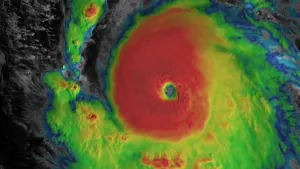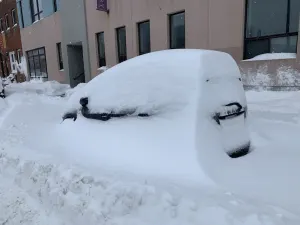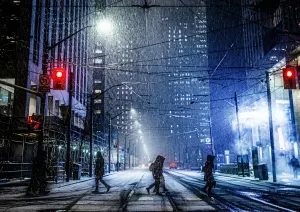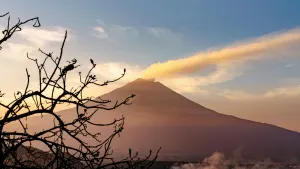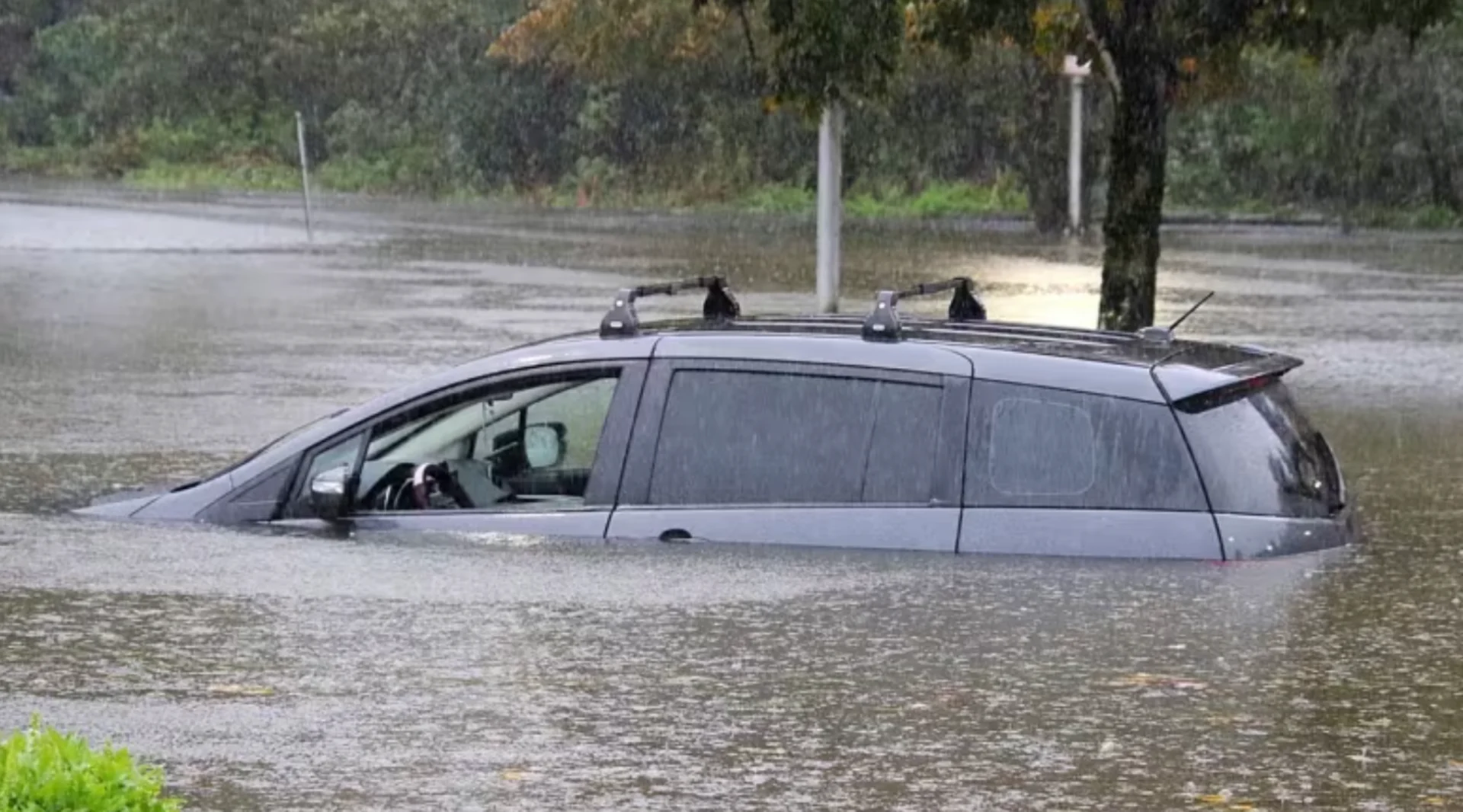
How can B.C. protect itself from the next atmospheric river?
Three people are dead, and another person is missing after an atmospheric river washed over B.C.'s South Coast on the weekend.
In the District of North Vancouver, a state of local emergency remains in place, with six homes in Deep Cove evacuated.
Environment Canada said daily rainfall records were set across the Lower Mainland, including in West Vancouver, which received about 190 millimetres of rain.
As officials deal with the aftermath of the weekend storm, some are considering what more needs to be done to plan for heavy rainfall as severe weather events become more frequent.
RELATED: How impactful was B.C.'s latest atmospheric river? Details pour in
Mike Little, the mayor of the District of North Vancouver, said on Saturday that crews had been bracing for rain, working to clear leaves and debris from culverts and storm drains, but the intensity of the weather system caught them by surprise.
Little says the district has spent millions on infrastructure upgrades, but the storm overwhelmed infrastructure, including a blocked catch basin that leads into Deep Cove.

"I was standing there when the backhoe pulled out the first scoop of it and it was six to eight feet tall woody debris, just massive chunks were coming down the mountain and blocking up the catch basin," he said.
"So even though we had, in the leadup, we had cleared out all the catch basins and storm drains throughout the area, swept the streets, trees were coming down. There was so much water coming down the hillside."
Little said, as soon as the backhoe pulled out the debris, the catch basins went back to normal, and water moved back down into the storm drain.
VIDEO | Cat 4 atmospheric river triggers flooding in British Columbia:
Questions over Vancouver Island road
RCMP in Port Alberni said two people are dead following weekend flooding near Bamfield, about 200 kilometres by road northwest of Victoria.
Huu-ay-aht First Nation Chief Councillor and Alberni-Clayoquot Regional District chair John Jack says the tragedy occurred on what he describes as a remote industrial road that connects Port Alberni to Bamfield and the Huu-ay-aht community of Anacla.
He said work has been done to upgrade the road recently, but questions remain.
"Who monitors the road? Who makes the call when it's closed? How do we communicate the status of the road? Those are things we need to discuss with industry and the province, I think," Jack said.
"We definitely have to have more conversations about not only doing things differently on that road to help protect lives, but accessing more resources to make sure that this doesn't happen again," he added.
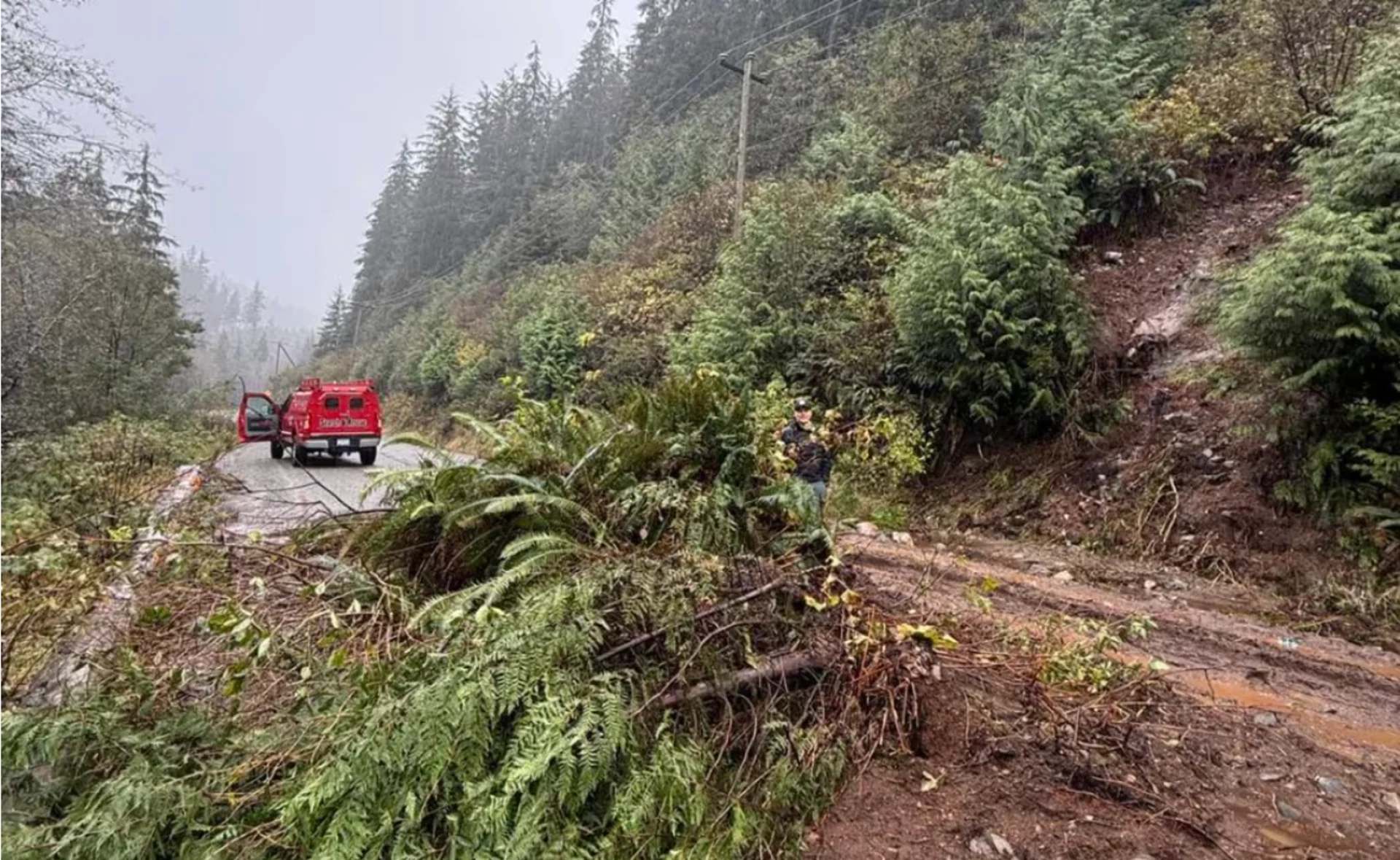
The aftermath of a road washout near Bamfield, B.C., where two motorists went missing and were later found dead. (Alberni Valley Rescue Squad/Facebook)
Professor recommends water rerouting
In North Vancouver, Little said the district is going to revisit its infrastructure and catch basins and stormwater management. One possible change may be to position backhoes near catch basins ahead of a major storm.
LIttle says larger conversations need to take place across B.C. about the need to better prepare for major weather events.
"As public infrastructure managers, we need to be actively talking about what we can do," Little said.
Kai Chan, a professor at the Institute for Resources, Environment and Sustainability at the University of B.C., said that governments need to start thinking about rerouting water through ecosystems instead of exclusively through human-made structures.
Chan pointed to hundreds of rivers and streams that have been routed through sewers and pipes underground over the past century of European settlement in B.C.
He suggests resurfacing streams and making rain gardens instead — a design that would see plant beds along streets and culverts to help the soil retain water, lessening run-off.
"Many of the streams in Vancouver have been buried. And … that means all the water is coming off the roads, right, in ways that we're not used to," Chan told Michelle Eliot, host of CBC's BC Today.
"It's flooding the storm drains and causing combined sewer overflows. These are big problems that would take many, many millions — if not billions — of dollars to fix through purely engineered solutions."
This article was originally published for CBC News. Contains files from Isaac Phan Pay, On The Coast, BC Today, The Early Edition and The Canadian Press.






